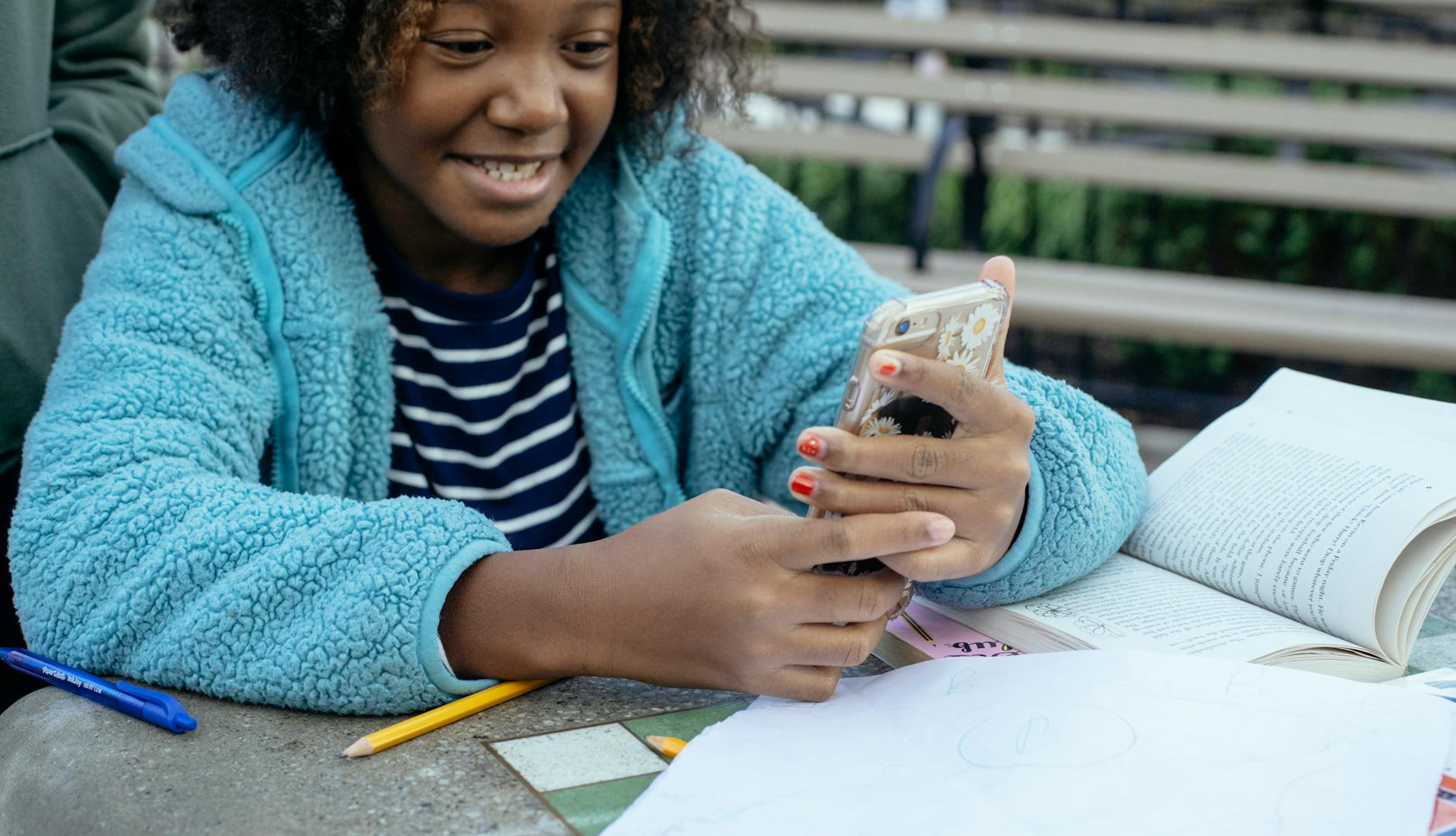What Makes Australia a Leader in Education Technology?

Australia’s EdTech Landscape
Australia’s EdTech landscape is a vibrant mix of innovation and strategic initiatives that aim to enhance educational resources and methodologies. National initiatives have set the groundwork for a robust digital education framework, spearheading the move towards incorporating modern technology in classrooms. Projects often feature advanced technologies like VDSL2, ensuring that educational institutions are equipped with high-speed, reliable internet connections essential for a seamless digital learning experience.
Regional programs are crucial in accommodating the unique needs of different communities. In Brisbane, for instance, initiatives in the South Bank educational precincts are designed to provide educators and students with the necessary tools to thrive in a digital environment. By leveraging internet bundles, these programs facilitate improved connectivity, enabling a more interactive and engaging educational experience.
Globally, Australia actively participates in collaborations that bring a broader perspective into its digital education practices. These partnerships help in sharing best practices and insights, elevating the quality of education with cutting-edge tools and resources. By staying at the forefront of technology, like the latest home internet best deals, Australian education sets itself apart by providing students with an immersive learning environment.
A visit to places like the Queensland Museum can offer educators like Liam O’Connor a wealth of resources to integrate into his classroom, enhancing both teaching and learning experiences. This confluence of local and global efforts keeps Australia’s educational scene dynamic and forward-looking.
Advancements in Broadband for Education
Broadband advancements are crucial for supporting the educational landscape in Australia, especially within Brisbane's thriving educational precincts. The introduction of technologies like NBN FTTC—fibre to the curb—has transformed internet accessibility, ensuring that areas such as schools can benefit from more reliable connections. This technology significantly reduces distance-related signal loss by connecting fibre cables directly to a distribution point that serves multiple premises, providing faster speeds and improved capacity.
In terms of practical application, nbn 50 plans are often recommended for educational settings. They offer a balanced approach to speed and cost, enabling multiple users within homes and educational institutions to simultaneously access digital platforms without hitches. This is ideal for environments similar to the teaching hubs found at The State Library of Queensland, where educators and students frequently utilise online resources for learning enhancements.
These advancements in connectivity facilitate an enriched learning experience by supporting multimedia teaching tools, streaming services, and interactive online platforms. With reliable internet connections, educators can seamlessly integrate digital resources into their curricula, enabling interactive learning opportunities. Enhanced broadband support is poised to revolutionise classrooms by maintaining smooth online interactions and enabling a more dynamic, engaging educational experience for both teachers and students. This infrastructure is essential for supporting the digital aspirations of Queensland's educational community, ensuring consistent access to educational materials and collaborative tools.
Innovative Teaching Tools
Interactive Learning Platforms
Incorporating interactive learning platforms into education is like opening up a world of opportunities for enhancing student engagement and understanding. These platforms, such as those used in home phone plans and other digital environments, have revolutionised how educators deliver content. At the heart of interactive learning, platforms allow for dynamic content delivery—students can participate in discussions, quizzes, and live polls, making learning more engaging and immediate. Educators, like those in the innovative South Bank educational precincts, are leveraging these tools to craft lessons that resonate with students, especially in a tech-driven Brisbane landscape.
Adaptive Learning Technologies
Adaptive learning technologies are making significant strides in personalising education to fit individual student needs. By utilising intelligent algorithms, these technologies adjust the difficulty of lessons in real-time, offering a customised learning experience. This approach ensures that each student works at their own pace across varied subjects. For example, adaptive platforms might integrate NBN 100 plans to support bandwidth-intensive applications, ensuring seamless streaming of customised learning content even when multiple users are on the network.
Virtual and Augmented Reality
Virtual and augmented reality are shaping the future of immersive learning experiences. By overlaying digital information in real-world contexts or immersing students in entirely virtual environments, these technologies foster deeper understanding and retention. Institutions could simulate historical events or conduct virtual science experiments, thereby breaking geographical and physical constraints. The Queensland Museum's VR exhibits exemplify how museums and educational sectors collaborate to provide enriched learning experiences outside traditional classrooms.
Success Stories in EdTech
Pioneering Schools
In Brisbane, some pioneering schools stand out for their transformative integration of technology, setting benchmarks in the Australian educational landscape. One noteworthy example is their ability to seamlessly incorporate FTTP plans into their systems, ensuring rapid and reliable internet connectivity. This infrastructure supports a variety of educational tools and enhances learning environments, something I've observed in my own educational practice.
Teacher-Led Innovations
Teacher-led innovations are shaping classrooms into more dynamic learning spaces. By leveraging the Starlink Australia suitable for their unique needs, educators can create and share interactive content with ease. Teachers have devised creative methods to utilise digital platforms for a more engaging experience, drawing on resources from nearby libraries and learning hubs at The State Library of Queensland. This empowers teachers to bridge the gap between conventional methods and modern teaching aids, allowing students to explore a vast array of digital resources.
Student-Centric Projects
Finally, student-centric projects are thriving under the support of robust digital foundations. With access to fast internet, students embark on projects that involve real-time collaboration, often tapping into educational precincts such as South Bank. I've seen students leverage cloud-based applications for group work, enabling them to connect with peers and mentors globally. Moreover, these projects encourage independent learning, critical thinking, and problem-solving skills, aligning perfectly with the educational goals many of us in Brisbane strive to achieve.
Overcoming EdTech Challenges
Identifying Common Obstacles
As we examine Australia’s EdTech landscape, significant challenges arise that educators need to navigate. At times, technical issues such as inconsistent internet access across rural areas impact the success of digital learning initiatives. Additionally, there's a varied familiarity with digital tools among teaching professionals, which can hinder seamless integration into daily routines. The disparity in resources between metropolitan and regional areas remains a fundamental concern for many institutions.
Strategies for Effective Solutions
To address these issues, targeted professional development focusing on digital literacy is essential. For instance, teachers can access resources and workshops at the South Bank educational precincts, enabling them to stay updated with the latest tools and methodologies. Schools can also benefit from partnerships with tech companies to ensure equitable distribution of resources. Encouraging collaboration among educators facilitates sharing best practices and innovative approaches to teaching, which can be further explored at community-driven initiatives facilitated by The State Library of Queensland.
Gaining Insights from Experience
Success stories from pioneering schools often highlight the value of sharing experiences and pooling resources. Valued lessons include the importance of adaptability, a willingness to embrace change, and fostering an environment where both teachers and students engage with technology as a tool for deeper learning. The Queensland Museum’s educational programs illustrate the potential for integrating technology with curriculum content effectively, providing frameworks that others can emulate. By addressing these challenges head-on, we can ease the path toward a more integrated and effective use of EdTech in education.


